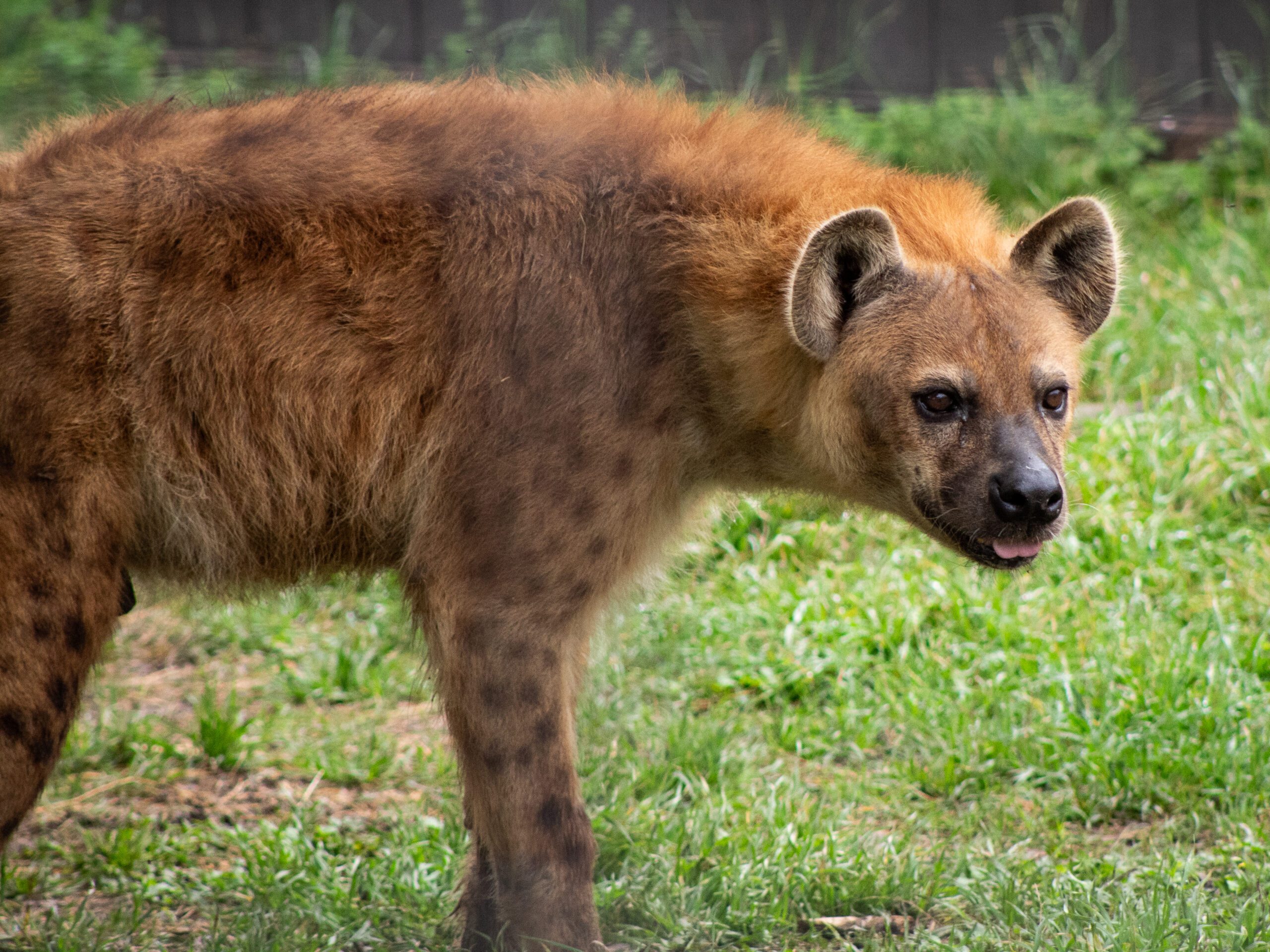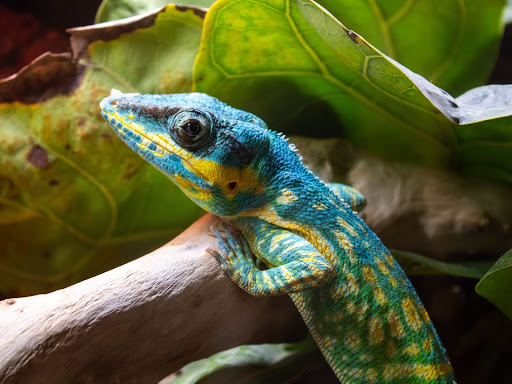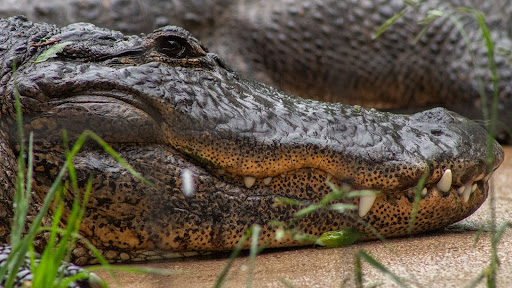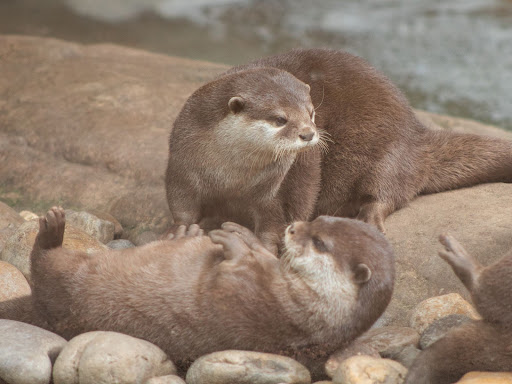Introduction: Why Earth Day Still Matters in 2025
Every year on April 22, people around the world come together to celebrate Earth Day—a global reminder of how important it is to protect the planet we call home. Since its start in 1970, Earth Day has inspired individuals, communities, and organizations to take action for a cleaner, greener future.
Here at Animal World & Snake Farm Zoo, Earth Day serves as more than just a date on the calendar. It’s a chance to reflect on our connection with nature and the role each of us can play in protecting wildlife and wild places. Whether you’re planting a tree, reducing plastic use, or learning more about endangered species, every small step adds up.
We’re committed to using our platform to educate, inspire, and empower. In this blog, we’ll share simple ways you can make a difference from home—and how your continued support helps us care for the planet year-round.

What Earth Day Means to Us as a Zoo
At Animal World & Snake Farm Zoo, conservation is at the heart of everything we do. While Earth Day is a great time to reflect on the health of our planet, our commitment to protecting wildlife and inspiring environmental stewardship extends far beyond a single day.
Every animal we care for plays a part in telling a bigger story—one about ecosystems, biodiversity, and the role humans play in preserving both. Through interactive encounters, educational programs, and daily care routines, we aim to help guests develop a deeper appreciation for the natural world.
We’re proud to contribute to global conservation efforts by:
- Providing homes for animals that may no longer survive in the wild
- Educating visitors about endangered species and habitat preservation
- Practicing sustainable operations wherever possible
- Supporting responsible animal care guided by professional standards and accreditation
When you visit the zoo, attend a wildlife presentation, or share one of our posts, you’re not just enjoying an up-close animal experience—you’re helping support a mission that promotes awareness, action, and real-world impact.

5 Ways to Celebrate Earth Day From Home
You don’t need to attend a big event to make a difference this Earth Day. In fact, some of the most meaningful actions happen at home, in your backyard, or right in your community. Whether you’re celebrating solo, with your kids, or as a classroom, here are five simple ways to honor the planet on April 22:
- Make a Bird Feeder from Recycled Materials
Turn an empty toilet paper roll, milk jug, or water bottle into a DIY bird feeder. Hang it outside and see what kinds of feathered friends stop by! It’s a fun and eco-friendly craft that supports local wildlife. - Go on a Backyard or Neighborhood Nature Walk
Grab a notebook or smartphone and explore your surroundings. Look for insects, birds, native plants, and animal tracks. You can even make it into a scavenger hunt for younger kids! - Reduce, Reuse, and Recycle—Together
Take this day to clean out your recycling bin, repurpose containers, or start a “no single-use plastic” challenge for the week. It’s a great reminder that small changes lead to big impact. - Pick Up Litter in Your Neighborhood or Local Park
Grab gloves, a trash bag, and a friend, and help clean up a nearby outdoor space. Not only does it protect wildlife, but it sets a positive example for others in your community. - Learn About a New Animal and Share What You Find
Choose a species—maybe one from our zoo, like the capybara, jaguar, or fennec fox—and research how it’s affected by environmental changes. Share what you learn with a friend or on social media using the hashtag #EarthDay2025 to inspire others.
Celebrating Earth Day doesn’t have to be complicated—it just takes a little heart, curiosity, and a desire to protect the world we share.
Animal Spotlight: Species That Rely on a Healthy Planet
At Animal World & Snake Farm Zoo, we care for dozens of incredible species—many of which are directly impacted by environmental challenges like pollution, habitat loss, and climate change. This Earth Day, we’re highlighting a few animals that remind us just how important it is to protect the natural world.

American Alligator – A Wetland Success Story
Once endangered due to overhunting and habitat destruction, the American alligator is now a symbol of conservation success. These reptiles depend on healthy wetland ecosystems, which act as natural water filters and homes to hundreds of species. Protecting swamps, marshes, and rivers doesn’t just help gators—it helps all of us.

Asian Small-Clawed Otter – Clean Water = Survival
These playful otters rely on freshwater rivers and mangroves for food and shelter. Pollution, deforestation, and climate change threaten their natural habitats. Keeping waterways clean and supporting sustainable development helps protect otters and countless other aquatic species.

Tortoises – Slow and Steady Under Threat
Many tortoise species are vulnerable or endangered due to habitat loss, illegal wildlife trade, and climate shifts. Tortoises serve as seed dispersers and soil aerators in their ecosystems—reminding us that even slow movers play a vital role in nature’s balance.
Whether they swim, crawl, or sunbathe, these animals thrive when their habitats are protected. Visiting the zoo helps us care for them and educate future generations about the importance of conservation.
Final Thoughts: Earth Day Is Every Day
Earth Day may only come once a year, but the effort to protect our planet is something we can all take part in every day. Whether you’re planting a tree, saying no to single-use plastics, or simply learning about the animals we share the world with, your actions matter.
At Animal World & Snake Farm Zoo, we’re committed to inspiring a love for wildlife and a deeper respect for the environment through education, conservation, and connection. Every visit, every question asked, and every child who leaves the zoo with a new favorite animal helps move the needle toward a better future.
Want to keep the Earth Day spirit going?
Follow us on social media for more conservation tips, animal facts, and behind-the-scenes looks at how we care for the creatures in our care—all year long.
Together, we can protect the wild—and the wonderful.

